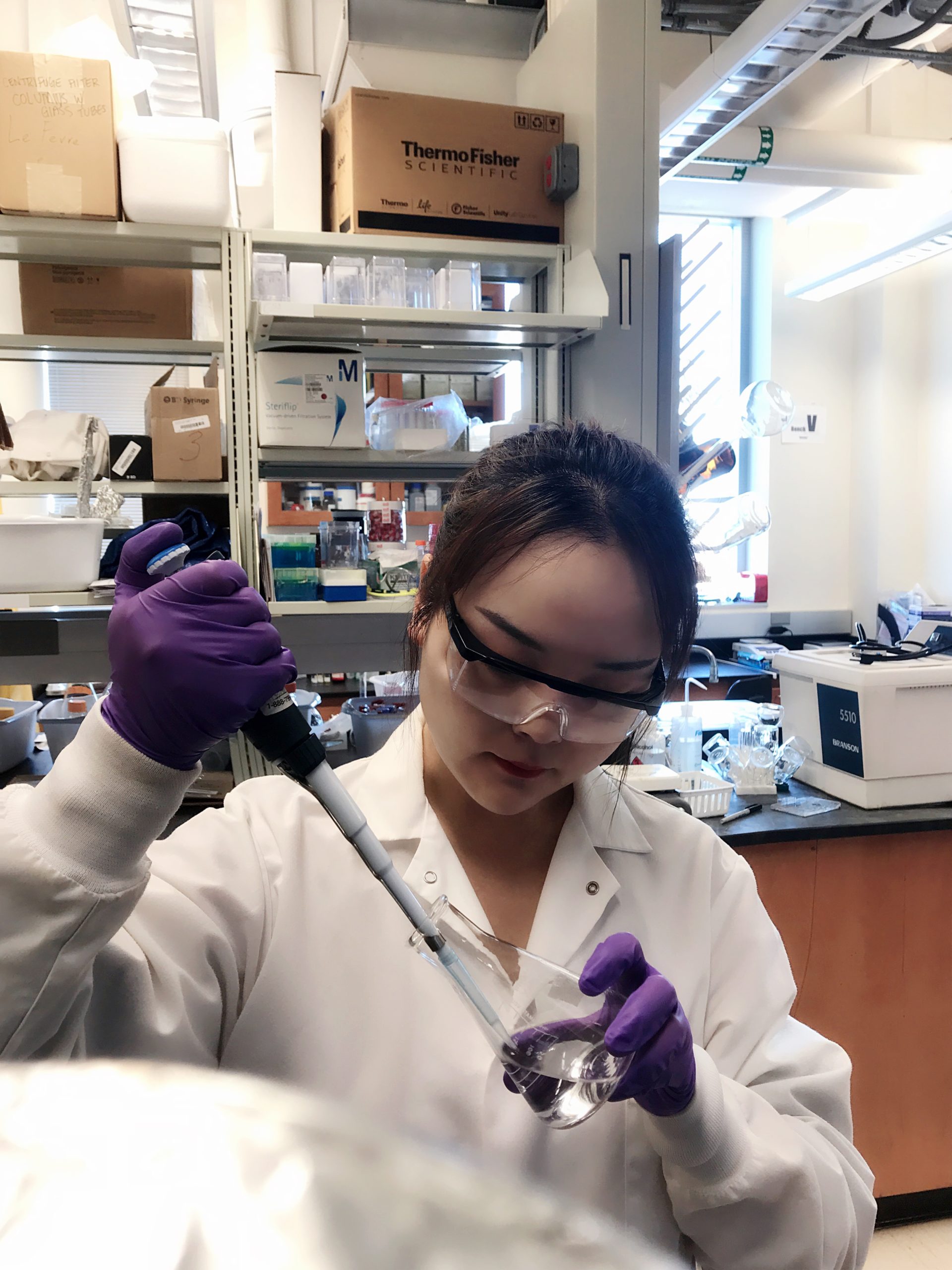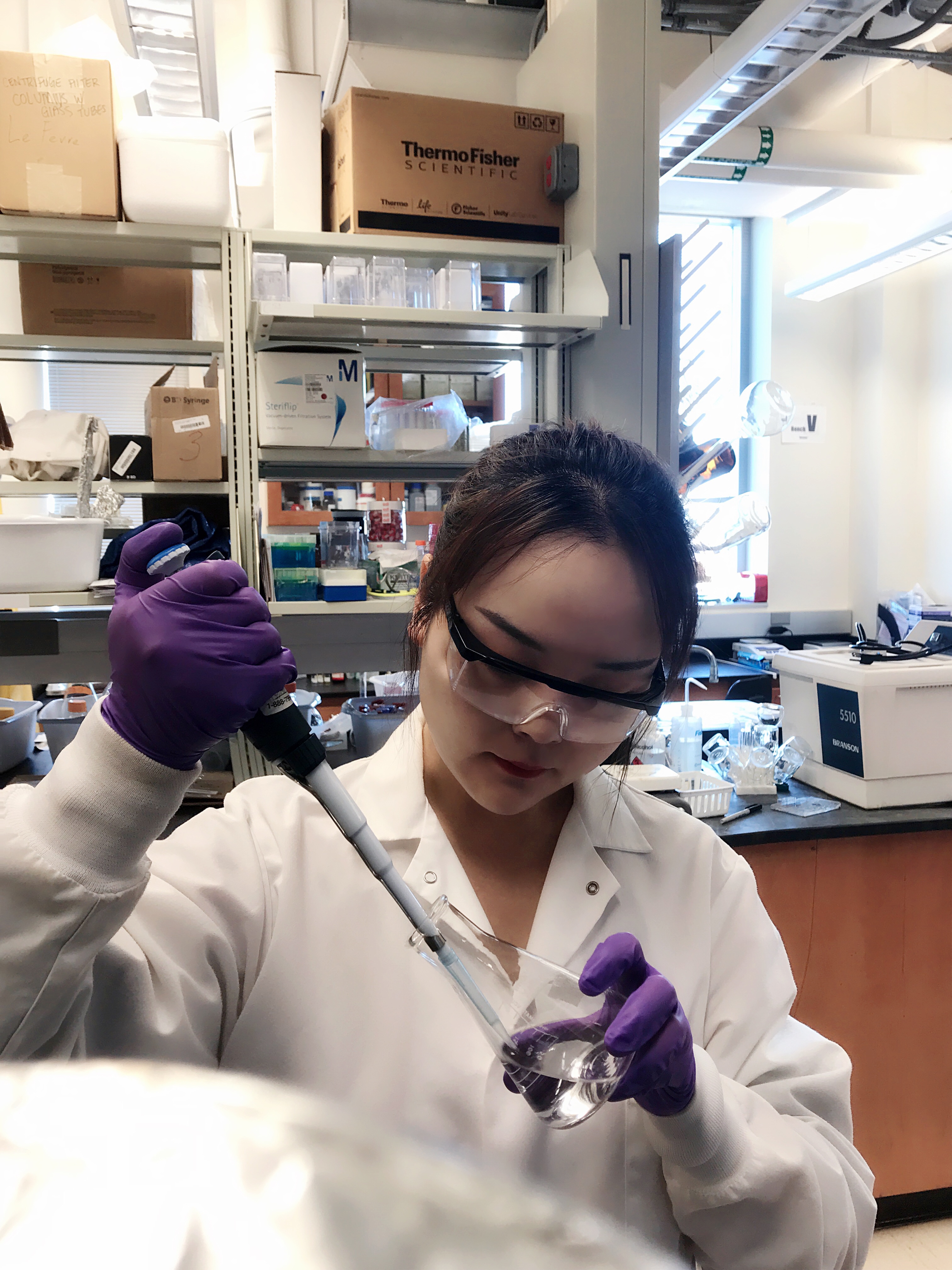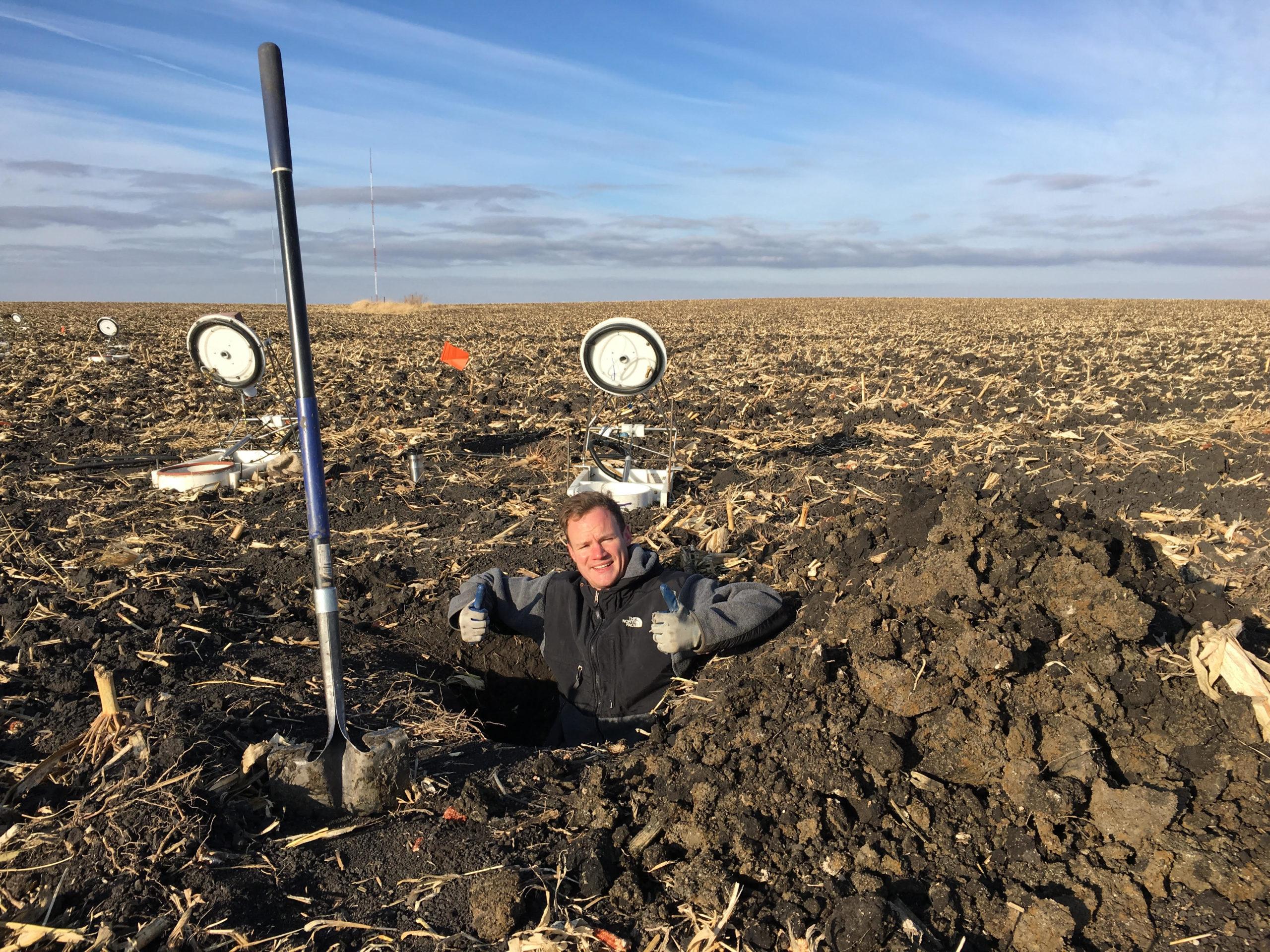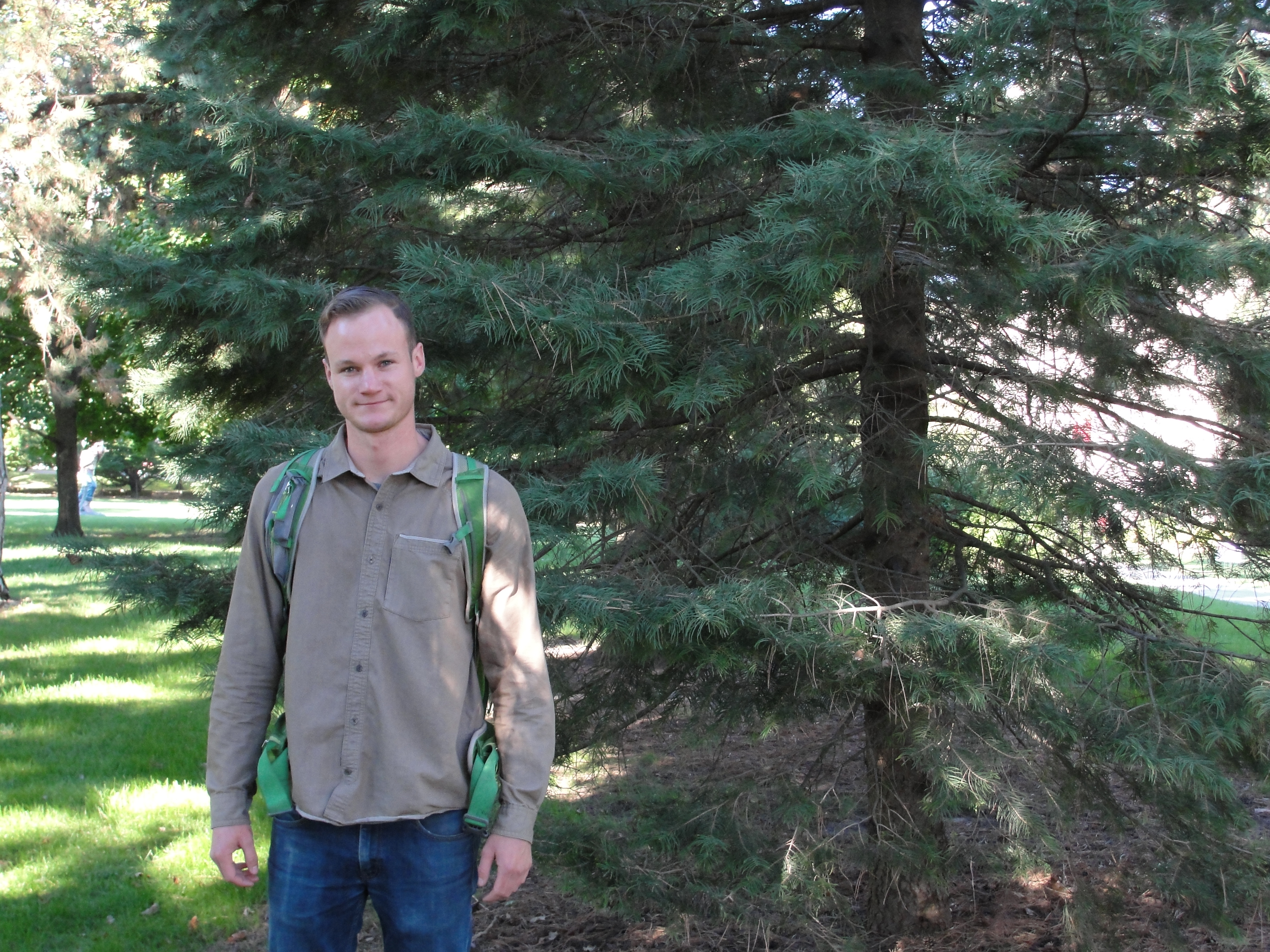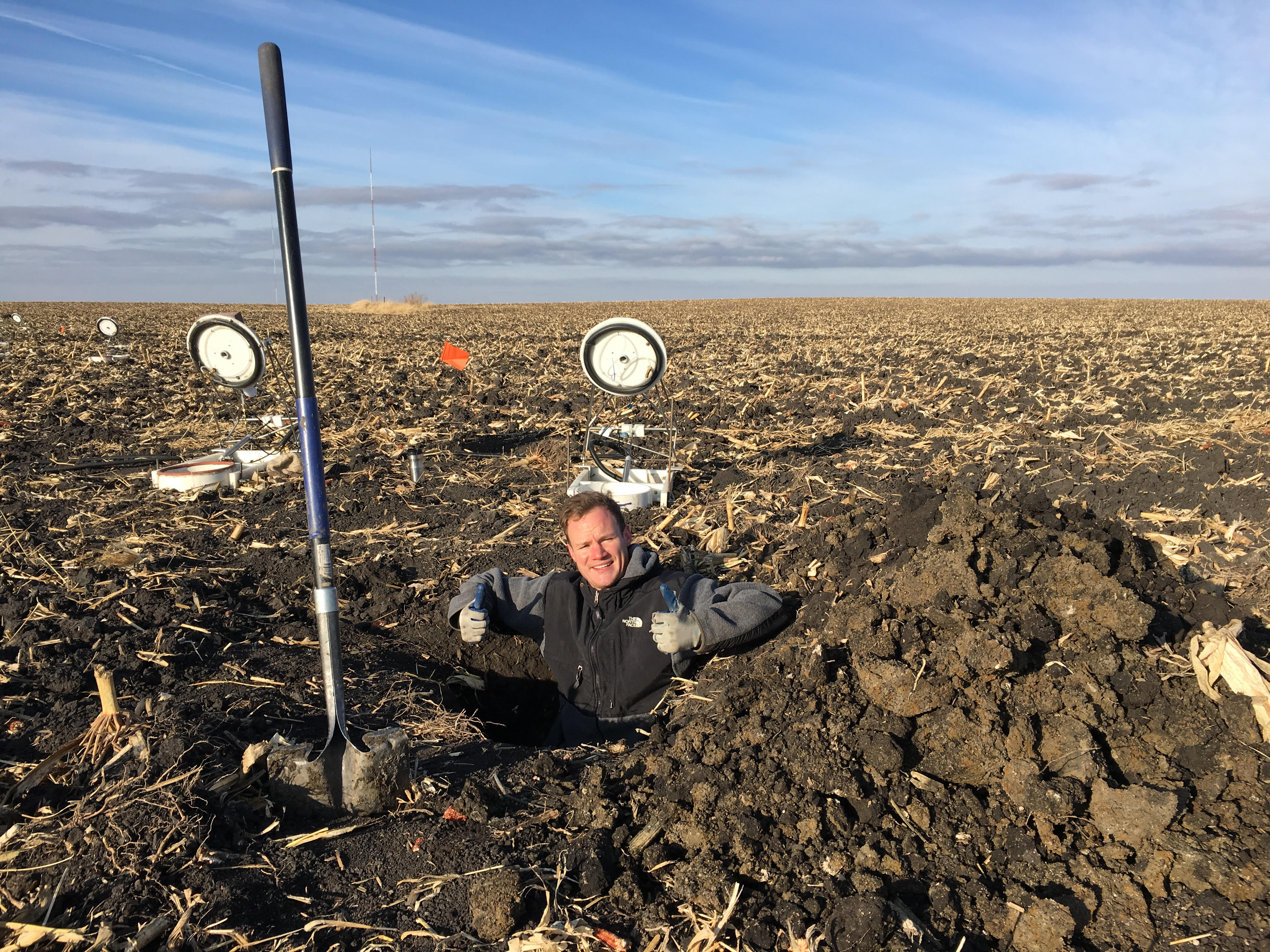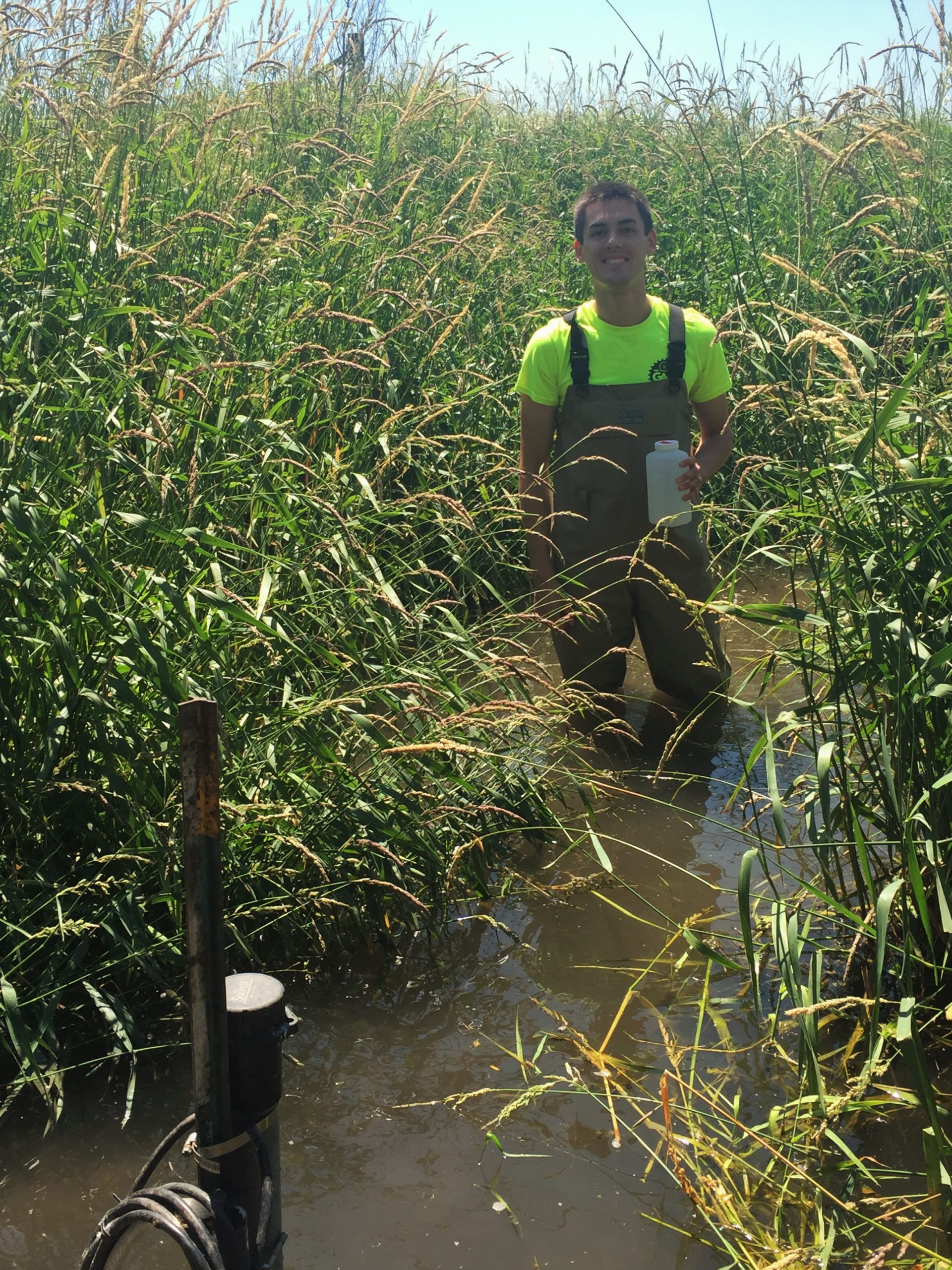The U.S. Geological Survey, in cooperation with the National Institutes for Water Resources, requests proposals for research projects to address improving and enhancing the nation’s water supply and availability, as well as promoting the exploration of new ideas that address or expand our understanding of water problems.
For the 2024 National Competitive Grants Program 104(G), proposals must address one of the following priority areas:
National-scale evaluation of water budget: Retrospective or predictive analyses using hydroclimate-forcing data sets, with emphasis on CONUS404, which was developed in a USGS- NCAR collaboration. Additional guidance includes
- Comparison of different water budget models, evaluation of relative model predictive skill and identification of specific opportunities for improvements.
- Incorporation of how uncertainty in hydroclimate-forcing propagates to water budget components.
- Evaluate scale-dependent uncertainties in water-budget predictions when using CONUS404. (e.g. How much more uncertainty at HUC12 versus HUC 8, which variables, and are specific uncertainties regional?).
Rasmussen, R.M., Liu, C., Ikeda, K., Chen, F., Kim, J., Schneider, T., Gochis, D., Dugger, A., and Viger, R., 2023, Four-kilometer long-term regional hydroclimate reanalysis over the conterminous United States (CONUS), 1979-2020: U.S. Geological Survey data release, https://doi.org/10.5066/P9PHPK4F.
Socieoeconomics: Integrate ongoing USGS research and data collection in order to assess socioeconomic and ecological vulnerability to compounding extreme events and develop adaptation measures. This proposed project should undertake new research (e.g., Water Use and Social and Economic Drivers Program) to understand the vulnerability of urban (e.g., trans-basin diversions), agricultural (e.g., reservoir management), and ecological (e.g., endangered species) water-use sectors to drought and compounding hazards such as wildfire. Additional guidance includes:
- Qualitative techniques to develop parameters or metrics for feedback inputs into hydrologic models (e.g. surveys/interviews/focus groups to understand how consumers change their behaviors around water use in response to supply shortages).
- Construct utility functions of actual decision-makers/consumers that are used in the model, rather than hypothetical versions.
- Exploration of close-loop versus open-loop hydrologic models in different geographic contexts.
Model advancement: Explore methods to develop new hydrologic models in a geographic area and provide information on promising modeling approaches to inform science questions specific to a region. Examples include:
- Natural language processing methods to assimilate and identify succinct hydrologic science issues in an area of interest, and additional AI/ML to provide a modeling pathway based on attributes of hydrologic model capacities.)
- Rapid model development methods to quickly provide information regarding potential high-value data collection and guide further model development in a given geographic area.
Levels of priority are not assigned, and the order of listing does not indicate the level of priority.
Any investigator at an accredited institution of higher learning in the United States is eligible to apply for a grant through a Water Research Institute or Center established under the provisions of the Water Resources Research Act of 1984, as amended (http://water.usgs.gov/wrri/index.php).
Proposals involving substantial collaboration between the USGS and university scientists are encouraged. Proposals may be for projects of 1 to 3 years in duration with discrete 12-month budget periods, and may request up to $310,000 in federal funds. Investigators much match one non-federal dollar to each federal dollar requested.
The deadline for submissions to the Iowa Water Center is May 10, 2024 5 p.m. Central Time. Investigators are encouraged to read through the Iowa Submission Guidelines prior to reviewing the FY2024 announcement.
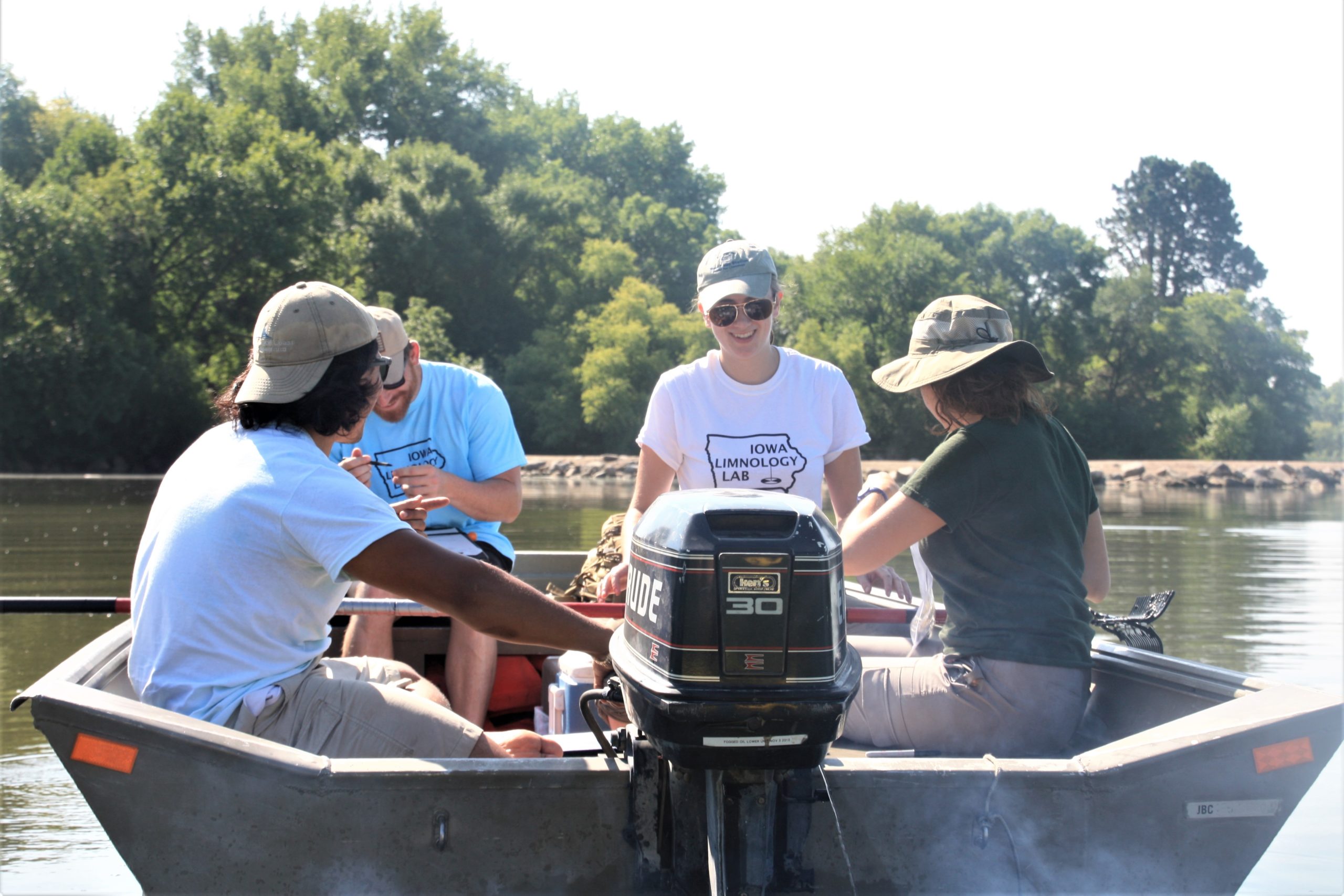
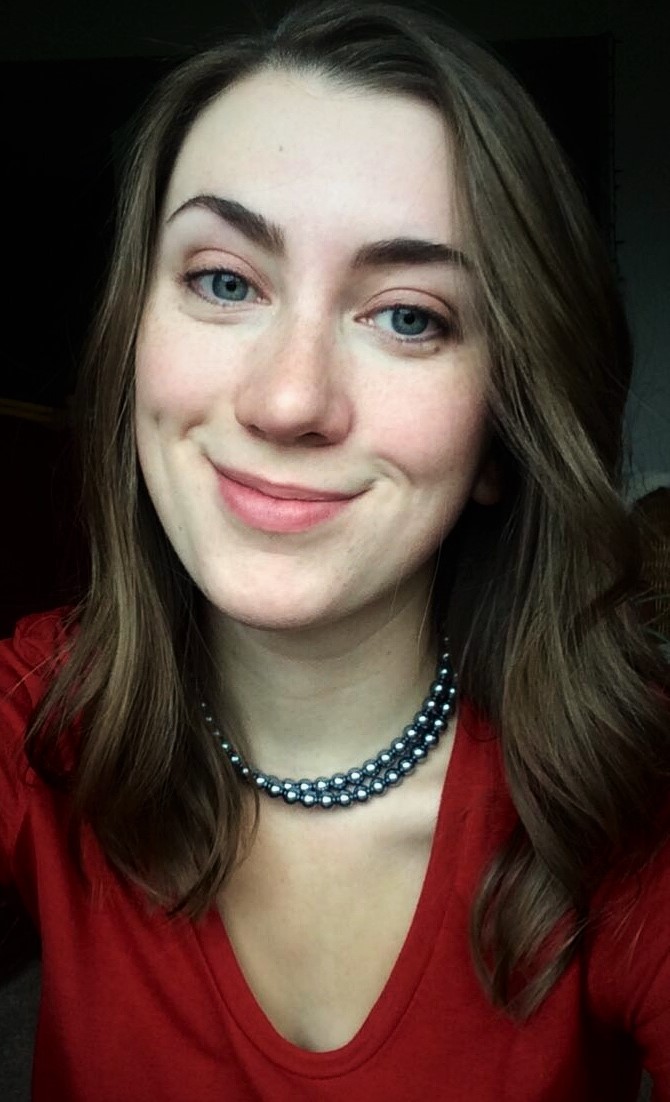
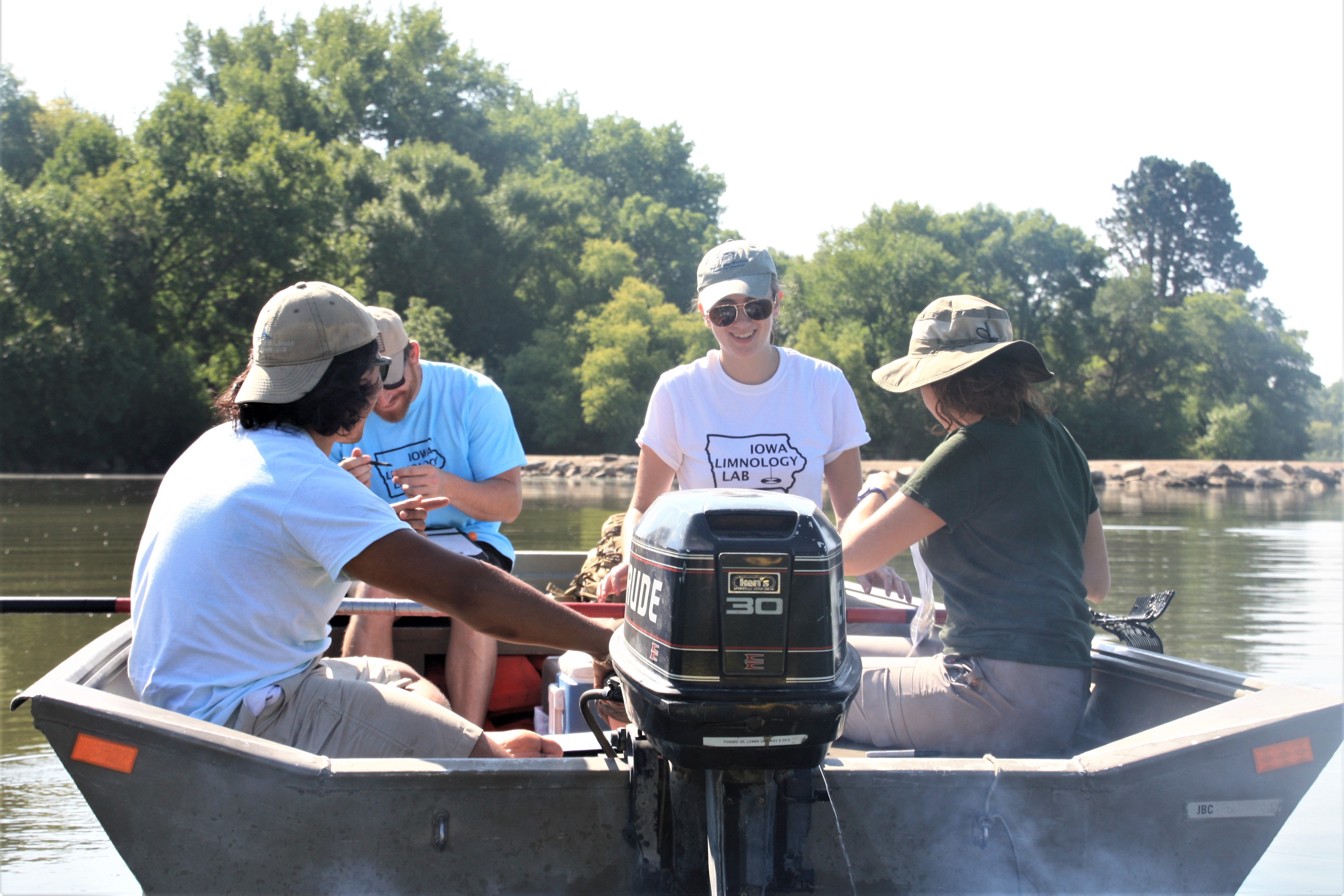
 Sarah Feehan is the communications specialist for the Iowa Water Center. She holds a BS in Journalism and Mass Communication with a minor in Political Science from Iowa State University. In fall of 2019, Feehan will begin acquiring her JD from Drake Law School.
Sarah Feehan is the communications specialist for the Iowa Water Center. She holds a BS in Journalism and Mass Communication with a minor in Political Science from Iowa State University. In fall of 2019, Feehan will begin acquiring her JD from Drake Law School.